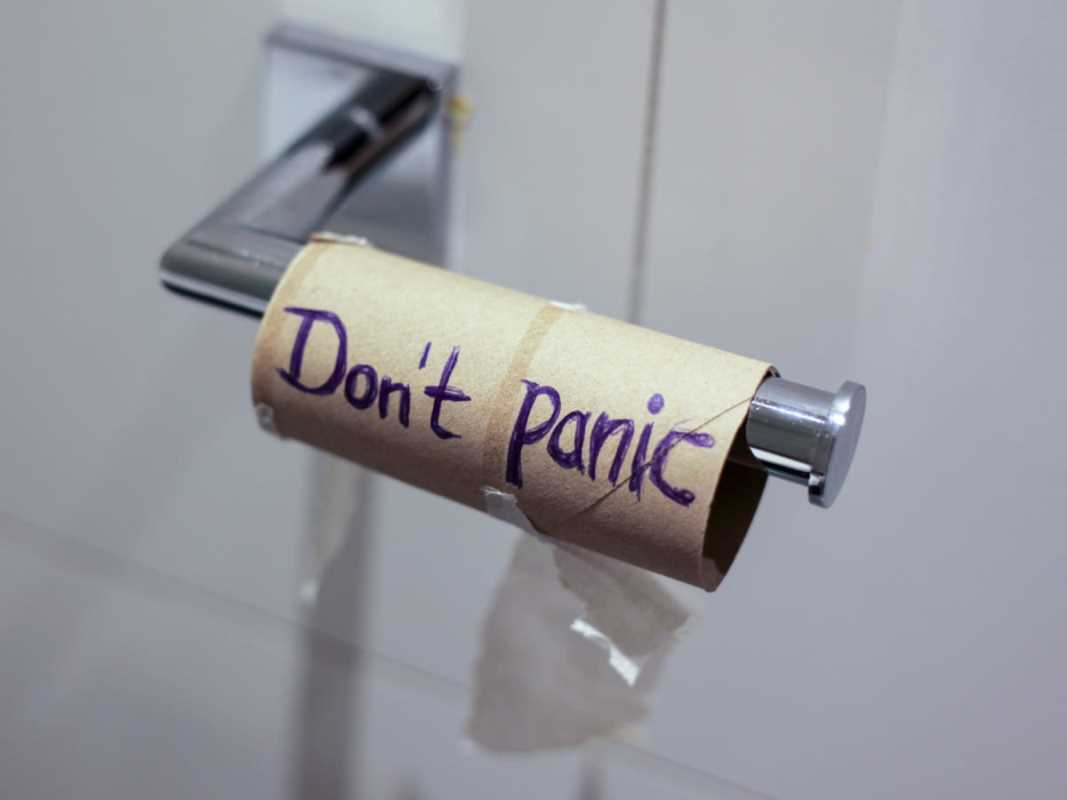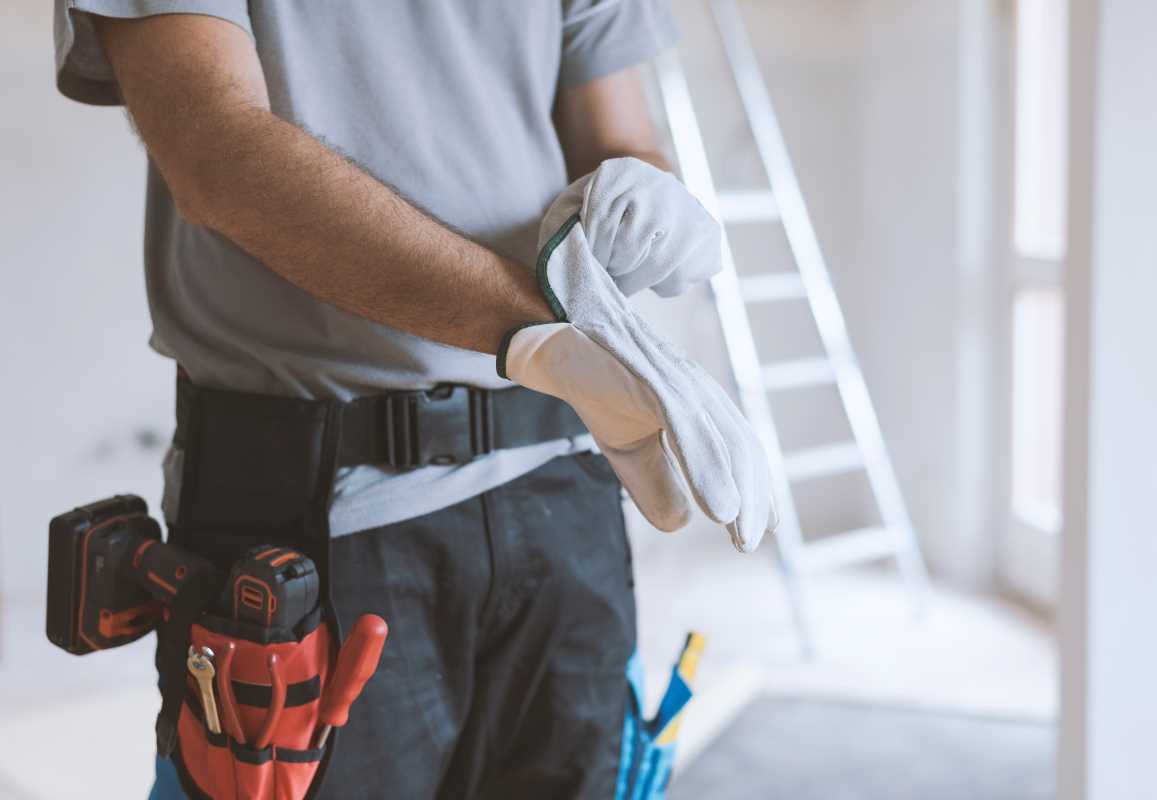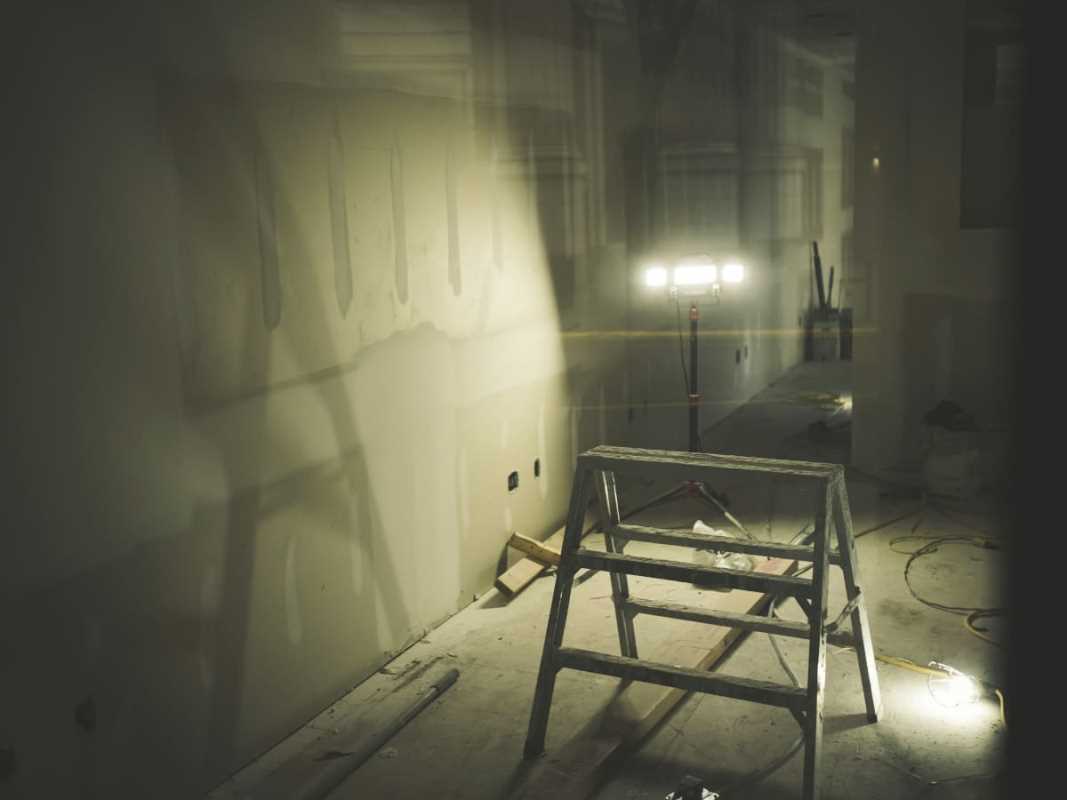There’s no denying it; toilets are the unsung heroes of our homes. They handle their job day in and day out with little fanfare, quietly keeping our lives running smoothly. That is, until they don’t. A toilet that refuses to flush properly is more than just a minor inconvenience; it’s a disruption no one asks for.
Before you panic or start dialing a plumber, it helps to identify what’s causing the problem. The good news? Most toilet flushing issues are fixable, often with minimal effort or expense. Here’s a deep, yet practical, plunge into the most common culprits behind faulty flushing and what you can do about them.
An Aging or Malfunctioning Flapper Valve
The flapper valve tucked inside your toilet tank might be small, but it plays a big role in your toilet’s functionality. When you flush, this rubber piece lifts to release water from the tank into the bowl. If something’s amiss with the flapper, your flush will suffer.
Over time, the flapper can wear out or become stiff, losing its ability to create a watertight seal. This can result in a slow leak that drains the tank, making it impossible to build enough water pressure for a full flush. Ever notice that low, constant hiss from your toilet? That might be your flapper begging for help.
Sometimes, mineral deposits or residue from your water supply can build up around the valve seat, preventing a snug seal. Cleaning the area with a gentle brush and vinegar can often fix this issue.
Replacing the flapper is one of the easiest toilet repairs you can do. Flappers are inexpensive and readily available at hardware stores. Just make sure you bring the old one with you to match the size and style.
For a quick check, add a few drops of food coloring to your tank water. If the color shows up in your bowl without flushing, there’s your proof that the flapper needs attention.
Clogs Or Partial Blockages
Few things strike fear into our hearts quite like a stubborn clog. A full-on blockage is usually obvious, but partial clogs can create subtler problems, like incomplete flushing or water that drains painfully slowly.
Clogs often result from flushing things that shouldn’t go down the toilet, like wipes, hygiene products, or too much paper. Even biodegradable wipes can take forever to break down and can lead to blockages in your pipes.
Sometimes the issue lies deeper in the plumbing, where buildup or foreign objects have gotten lodged further down the line. You won’t see it, but you’ll definitely notice its effects.
Start with a trusty plunger. Choose one with a flange for a proper seal, and use forceful, consistent plunging to break up the clog. If that doesn’t work, a toilet auger (a long, flexible tool designed to snake through clogs) may be your next best friend.
To prevent clogs from happening again, provide a waste bin near your toilet and educate your household on what can and cannot be flushed. Remember, toilets are for the three P’s only, pee, poop, and (toilet) paper.
Low Water Levels or Weak Flushing Power
A weak flush feels like a half-hearted attempt at doing its job, leaving you with a bowl that’s still, well, occupied. This issue often boils down to low water levels in the tank or insufficient force during the flush.
Inspect the water level in your tank. It should sit about an inch below the overflow tube. If it’s too low, adjust the float mechanism. The float controls water flow, so raising it slightly allows the tank to fill properly. Modern toilets typically use less water to begin with, so an out-of-calibration float can make matters worse.
Sometimes, the issue is with the flush handle or chain. If the chain is too loose, it won’t lift the flapper high enough for a strong flush. If it’s too tight, it might not allow the flapper to close properly. Adjusting the chain length to the sweet spot can solve the problem.
Hard water deposits in the rim of your bowl can clog the small holes that release water during a flush. Cleaning them with a wire hanger or specialized cleaner can help restore the flow.
A weak flush can also result from low water pressure in your home. If this is a household-wide issue, rather than just a toilet-specific one, you may need professional help to address the underlying plumbing problem.
Build-Up Inside the Trapway
The trapway is the S-shaped section of your toilet that holds water and leads waste through to the plumbing. While it’s designed to create a liquid seal and prevent sewer gases from escaping, it can also be a hotspot for hidden build-up that causes sluggish or incomplete flushing.
Calcium and mineral deposits from hard water can cling to the surface of the trapway, narrowing its path and reducing the flow of water and waste. Over time, these deposits act like plaque in arteries, creating bottlenecks that reduce efficiency.
Sometimes, small objects like kids' toys, cotton swabs, or hairpins might get lodged partially inside the trapway. Even if they don’t cause a full blockage, these items can reduce flow and lead to persistent flush problems.
A toilet snake or auger can help clear out debris or dislodge hidden obstructions in the trapway. For mineral buildup, a vinegar soak and some scrubbing can work wonders. If the mineral buildup is particularly stubborn, look for descaling products specifically designed for toilets.
Keeping the trapway clean isn’t just about function; it’s also about reducing odors. A clear, open trapway allows waste to move more swiftly and prevents lingering smells.
Common Fixes and Preventative Measures
When it comes to toilet flushing issues, the best offense is a good defense. Regular maintenance and proper usage can save you plenty of headaches in the long run. Below are some practical fixes and tips to keep your toilet flushing like a dream:
- Regularly check and replace worn-out parts, such as flappers, chains, and handles.
- Use vinegar or a commercial descaler to clean mineral deposits from your tank, bowl, and trapway.
- Keep a plunger handy for emergency situations and a toilet auger for those stubborn clogs.
- Avoid flushing anything other than toilet paper and bodily waste to prevent clogs and damage.
- Schedule routine checks if you have hard water, as it speeds up mineral buildup.
For newer toilet models, keep an eye on water-saving features that may require specific parts or settings for optimal performance. And remember to test your toilet’s water pressure if weak flushing becomes a constant problem.
Restoring Your Toilet’s Reputation
Toilets may not often be the star of your home, but when they work reliably, they’re the unsung hero you didn’t know you needed. By understanding and addressing common flushing issues, you’ll not only save yourself time and stress but also rehabilitate your toilet’s reputation as a household MVP.
With a little know-how and preventive care, you’ll never have to dread tackling toilet troubles again.







